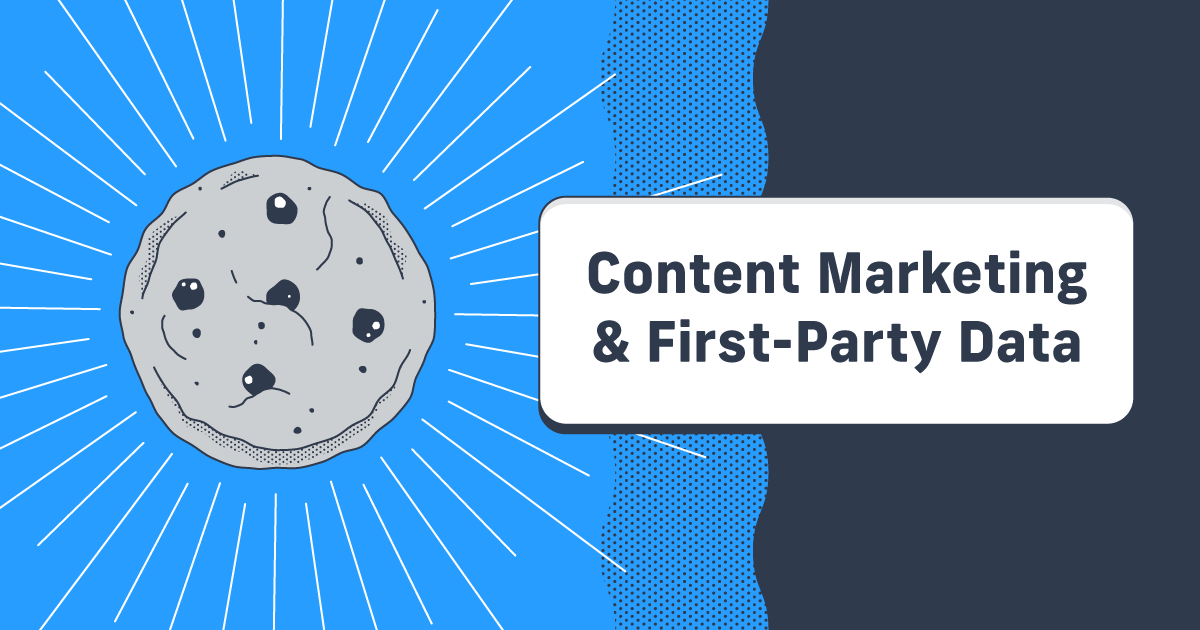Get Smart with Your Cover Art [Webinar and Q&A]
Thanks to everyone who tuned in to our second webinar of 2019: “Get Smart with Your Cover Art.”
For anyone who missed the webinar, we’ve got the video below, along with a link to download the slide deck and save it forever! Plus, we’ve got the questions we received during the webinar along with our answers. If you’ve got a question we didn’t cover, drop it in the comments and we’ll get back to you!
Be sure to subscribe to our YouTube channel to view all future Webinar videos!
Get Smart with Your Cover Art: Webinar Description
We promise, no more rhyming. Anyway… because people judge books by the cover, you need a cover that pops. Something that makes people go “Wow, now that’s a book I’d spend money on!” But how do you make that kickass cover?
Creating a cover that stands out is one of the biggest challenges of the book design process. In this webinar, we’ll cover (haha) best practices for the art, typography, and layout. Plus we’ve got the tools, software, and specs you need. Join Team Lulu to learn how to design a cover that sells!
Questions and Answers
What will be the correct price point of an Ebook? More fictional and fantasy-like.
There’s no one ‘right’ answer for pricing your book. Factors like length, genre, audience, and the book market all play a role in determining what readers are willing to pay for a book at any given time.
All of that said, you’ll find most ebooks in the $2.99 to $9.99 range. That keeps the price below the normal print book cost while still presenting some opportunity to earn revenue from your sales.
Which speaks more to the observer, the background or the title text?
It really depends on the intent. If you create a cover with lush graphics, you likely want those graphics to stand out more than the title, so you’ll naturally want a more subdued title. Or maybe you’ve got a great title and a font/design that really makes the title pop. So you’d emphasize the title and downplay the graphics.
There’s no one right answer, it’s subjective based on your own work, the expectations of your readers, and your intent with the cover.
Is promotion of a book on social media include using ads?
Usually, this will include ads, but it doesn’t have to! Marketing on social media is a pretty huge topic, but you can find a ton of great resources on our blog.
Would you do a webinar about book marketing & selling?
Sure! We look to you (our viewers) to help us decide what topics to cover. We’ll add this one to the list of possibilities!
What kind of artwork is more preferred in horror or mystery books? Could it be abstract or real art?
Realistic art seems to be on the upward trend these days, but that might be a challenge for a horror story to incorporate.
Comment – I see lots of cover thumbnails online where the title is spread vertically up and down the cover, instead of grouped at the top, I assume this is to make the title as large as possible on eg Amazon. The background behind is an allover photo or illustration. This is a current trend.
Playing around with the layout and design of elements like the title is a great way to make your book standout. Particularly in the Sci-Fi genre, the vertical title layout is increasingly popular.
What recommendations do you have for use of a nice landscape photo for cover of a memoir?
It’s difficult to recommend a specific photo, since this should speak to the audience, genre, and contents of your memoir. Being that this is a memoir, a good starting point would be to look for a landscape that is relevant to you or the subject of the memoir, something that evokes the places we’ll travel in the book, while still being eye catching.
I’ve created a cover for a book using lulu.com’s template, and want to use it as a starting point for the next book in the series. How do I transfer it without having to use the REVISE option on the first book, which then means I lose the ordering options on the original #1?
Just get logged into your Account, go to My Projects, and then to My Files. This page will have the cover file we generated for your book. You can download it from there and use it as a template for your next cover.
Any best practices or tips for using stock art? Do’s/dont’s?
Stock art is a great resource, so don’t be afraid to use it. The most important thing to keep in mind is to observe the rights to the original creator. This means you should list the source of the images, either on the cover or on the copyrights page inside the book.
As far as book covers go…what if we have different series (non fiction)? Would each series have it’s own look?
As Chelsea mentioned during the live Q&A, this can depend on a lot of factors. The important thing to be aware of is continuity of your author brand. If you’re writing under a single author brand, you may want some similarities that tease out the fact that you wrote both books. But if you’re writing very different works across genres, you may be developing two distinct author brands, in which case the covers shouldn’t have anything in common.
As far as the spine calculation goes…does the calculation you spoke about only apply to white paper, or is it a universal calculation?
The paper color (white or cream) shouldn’t impact the calculation. But the paperweight does play a role in how thick (or thin) your spine is. The calculation–(page count/444)+0.06″)–assumes 60# paper, which is the most common paperweight for book interiors. You should be fine for 50# paper as well, but if you’re using a heavier paper, say 80# or 100# for a photo book, you may find the formula is a touch off.
Always, always be sure to verify the spine width you calculate against the spine width your print-on-demand provided gives you. That measurement will be precise and you should use that final measurement from the printer over any calculation you might get from the formula listed above.
My interior will contain haiku poetry. Should I left justify in presentation?
Since no one here personally writes and publishes poetry, we can’t speak directly to common, best practices. But you should do two things: first create the file the way you think it should be laid out; and second, go to a bookstore or library and look at how other poetry books are laid out. I’m guessing you’ll find a lot of inspiration that way and you’ll be able to find a justification that highlights your poetry the way it deserves.
I noticed in the examples of “know your reader”…. the Author name is very large and prominent on one and discrete on the other . Tips for deciding size and placement of Author name?
The first and most important factor to consider when you’re placing the author name on the front cover is name recognition. If you’re Stephen King, your name is going to be massive and prominent: more so than the title of the book. Just look at any Stephen King book printed in the last 30 years and you’ll see this design for the covers. Because readers will recognize his name before they recognize a title.
For most authors, the decision about name placement will be based on how your name balances with the overall cover design, who your audience will be, and what you’ll be focusing on in the book. Using the ‘Know Your Reader’ vs. ‘Know Your Genre’ books, The Nutrition Code is very much a reader focused piece of work, while Secrets of The Bending Grove focuses deeply on the storyteller. Hence the difference in author and title placement and sizing on the cover.
White or creme colored background? To illustrate 4 themes of the book, 4 images too much on cover? Review “clutter” on cover again.
The background color is very dependent on the contents: the images and the typography you use for the cover. Selecting the colors and deciding just how many images to include are both highly subjective choices.
Now, in terms of avoiding clutter, I think you should first do a rough layout of the cover with all the images you’re considering using. Then step back and ask yourself, “what story does this cover tell?” and “does each piece of the cover serve that story?” If possible, get some outside opinions about the cover design as well.
Why are you the only printer that won’t accept Adobe created pdf’s?
I’m not sure where that information comes from, but it is completely inaccurate. Just this morning I exported a PDF from InDesign and uploaded it to Lulu without a problem. PDFs exported from MS Word will likewise work just fine on our site.
If you’re running into issues with your PDF, I encourage you to reach out to our Support Team for assistance.
How to make changes in the text of the book without starting all process from beginning?
On Lulu, you’ll need to upload a file with the text changes you want to make. Our site doesn’t include a text editor (most self-publishing sites won’t either). You just need to create a revision of the book and replace the existing file with the corrected one, then approve this new revision to make the corrected version available!
Hi I’m not sure why with both of the books I have published the back cover looks fine on the books themselves but is very fuzzy on the book preview in the shop book entries. How can this be resolved?
Without looking at the cover files themselves, I can say with some confidence this is probably the Preview tool we use. We’re working on replacing it now. The existing preview tool will compress and stretch the cover file in the process of creating a web-preview, which can make them look distorted.
If you redesign the cover, do you need a new ISBN?
Technically no. The ISBN is part of the book’s metadata, which does not include the design for the cover.
But, if you do make a substantial change to the cover, it is a good idea to use a new ISBN and list this updated book as a ‘2nd Edition’ or something similar, to denote that this is a new and revised version of the book.
I mostly write curriculum supplements (series), so trying to integrate this information with my genre. (Is curriculum a genre???)
Curriculum is definitely a genre! Or maybe a sub-genre of textbooks. Regardless, there are a ton of standards and norms to think about when creating a cover for textbooks and curriculum workbooks. Again, the best plan is to look to other books of this sort and think about what they have done effectively.
And because a few people asked, here is the link to the page with the Color Scheme chart we talked about during the webinar: https://www.coverdesignstudio.com/best-colors-book-covers/

![Get Smart with Your Cover Art [Webinar and Q&A]](https://blog.lulu.com/content/images/2024/12/022819_Webinar-T-NoText-v2-1.png)


